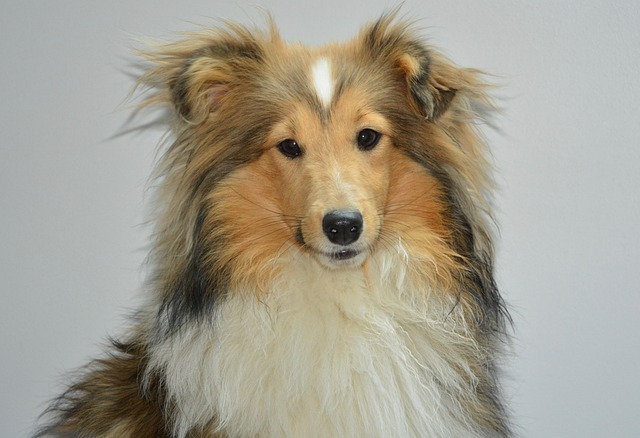
How do i train my dog to be obedient?
Watching your dog dart across the park ignoring your calls isn’t just frustrating—it can put them at risk near busy streets or public spaces.
You’re at the local dog park, watching in awe as a Border Collie expertly tracks down a hidden toy. Meanwhile, your own pup seems more interested in sniffing around for dropped snacks. If you’ve ever wondered how to unlock your dog’s natural scent - tracking talents, you’ve likely asked yourself: What scent is best for dog scent training? Scent training isn’t just a fun activity—it taps into your dog’s primal instincts and can provide valuable mental stimulation.
Dogs have an olfactory system that’s nothing short of remarkable. Their noses contain up to 300 million olfactory receptors (compared to a human’s six million), making them natural - born scent detectives. Certain scents trigger a stronger response due to their intensity and association with food or survival. For instance, the smell of meat activates a dog’s foraging instincts, while familiar odors like their owner’s clothing can offer comfort and motivation. From a behavioral perspective, dogs are more likely to engage with scents that promise a reward, whether it’s a treat or praise.
When starting scent training, simplicity is key. Begin with high - value scents that your dog loves. Pieces of cooked chicken or small bits of cheese are excellent options. Cut them into tiny cubes and hide them in easy - to - find spots around your living room, like under a coffee table or behind a pillow. Encourage your dog to “find it” using an excited voice. As soon as they locate the scent and the treat, shower them with enthusiastic praise and another small reward. As they get better, you can gradually increase the difficulty, hiding the scents in more challenging places or using containers with small holes to release the aroma.

In the context of responsible pet ownership, there are important aspects to consider. Always ensure your dog’s vaccinations are up - to - date, as mandated by law in most US states. This safeguards your pet’s health, especially if you plan to practice scent training outdoors where they might encounter other animals. If you live in an apartment, be mindful of your neighbors. Avoid leaving strong - smelling training materials out in shared spaces, and clean up any food - related spills immediately to prevent attracting pests. When training in public areas, follow local leash laws and clean up after your dog as required.
Positive reinforcement is the cornerstone of successful scent training. Never scold or punish your dog if they can’t find the scent right away. Just like in other forms of training, physical discipline goes against the animal welfare values embraced in the US and can make your dog anxious or uninterested. Instead, focus on rewarding every small step they take towards finding the scent, whether it’s just showing interest or getting closer to the source.
With the right scents, patience, and positive training methods, scent training can become a rewarding activity for both you and your dog. It not only hones their natural abilities but also strengthens the bond between you. So, grab those enticing scents and start exploring the fascinating world of scent training together.

Watching your dog dart across the park ignoring your calls isn’t just frustrating—it can put them at risk near busy streets or public spaces.

New puppy owners often find themselves rushing to clean up accidents before they set in, and that’s where puppy pad training becomes a game-changer.

If you've noticed your dog's waistline disappearing and your veterinarian has mentioned those few extra pounds, your first instinct might be to simply reduce the amount of food in their bowl.

Training a dog to use a designated spot indoors isn’t as daunting as many new owners fear, but it does take consistency and an understanding of your pet’s needs.

That moment of dread on a walk is all too familiar for many new dog owners. You see another dog approaching down the sidewalk of your neighborhood

If the sight of another dog on your neighborhood walk makes your heart sink as your own dog erupts into a frenzy of barking and lunging, you're not alone.